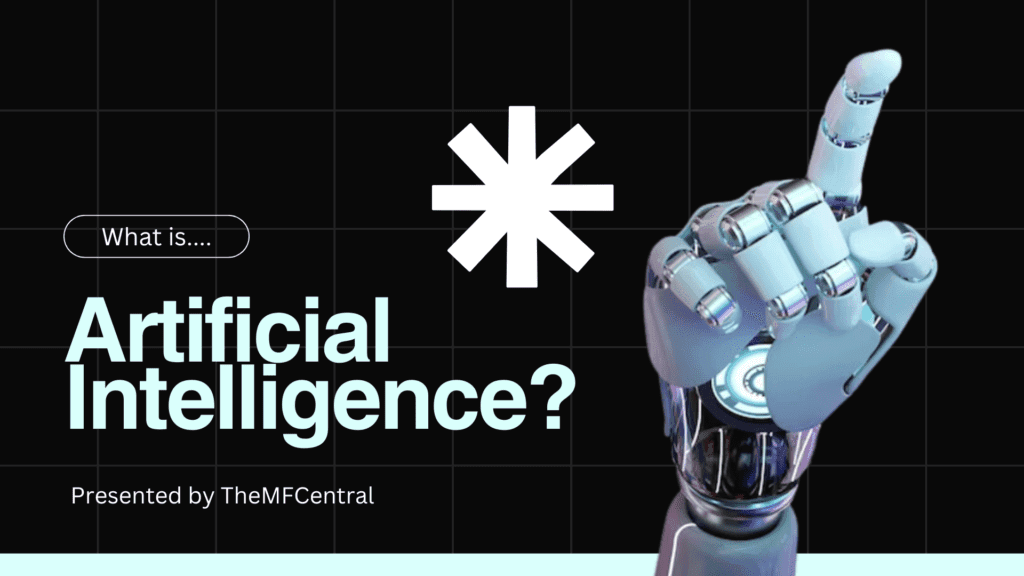AI and Machine Learning in Everyday Life
Transforming the Ordinary into Extraordinary
In today’s fast-paced, tech-driven world, artificial intelligence (AI) and machine learning (ML) are no longer just buzzwords reserved for tech enthusiasts and futurists. These technologies have quietly embedded themselves into our daily routines, enhancing convenience, personalization, and efficiency. From your smartphone’s voice assistant to Netflix recommendations, AI and ML have become indispensable forces, shaping how we live, work, and interact with the world.
1. Artificial Intelligence (AI) at Home: Your Assistant
One of the most visible integrations of AI in everyday life is through virtual assistants like Amazon’s Alexa, Google Assistant, and Apple’s Siri. These AI-powered tools can schedule your day, answer questions, control smart home devices, and even crack a joke when you need it. All of this happens through natural language processing (NLP), which allows machines to understand and respond to human speech.
Imagine waking up and simply saying, “Good morning, Alexa,” and immediately, your AI assistant adjusts the thermostat, starts brewing coffee, reads out the latest news, and provides a weather update. This kind of convenience shows how AI has seamlessly merged with routine tasks, freeing up time and energy for more important matters.
2. Artificial Intelligence (AI) in Healthcare: A Silent Revolution
AI’s potential in healthcare is nothing short of revolutionary. From predictive diagnostics to personalized treatment plans, AI is enhancing patient care by making medical interventions more precise and proactive. Machine learning algorithms analyze vast amounts of data to identify patterns that can predict illnesses long before symptoms appear.
For instance, AI-powered wearables, such as the Apple Watch, can detect irregular heart rhythms and alert users to potential heart conditions, which may have gone unnoticed otherwise. In radiology, machine learning models are helping doctors analyze medical images with more accuracy, flagging potential issues that might be missed by the human eye. In fact, AI’s role in healthcare could soon mean earlier diagnoses, fewer hospitalizations, and tailored treatment options, leading to better outcomes and reduced healthcare costs.
3. Artificial Intelligence (AI) In Finance: Smarter, Faster, and More Secure
For anyone managing their finances, AI is probably already working behind the scenes. Whether you’re investing in stocks, budgeting, or protecting your accounts from fraud, AI and ML are there to help. Robo-advisors like Betterment or Wealthfront analyze market trends and personal preferences to make financial recommendations tailored to individual users, making investing easier and more accessible for people with limited financial knowledge.
Moreover, AI-driven fraud detection systems are safeguarding your banking activities. Machine learning models analyze spending patterns in real-time, alerting users to any suspicious activity and potentially preventing fraud before it even occurs.
4. Entertainment: Personalized Experiences Everywhere
Have you ever wondered how Netflix seems to know exactly what you want to watch next, or why Spotify can recommend your new favorite song? That’s AI in action. Recommendation algorithms driven by machine learning analyze your past behaviors, preferences, and interactions to deliver highly personalized content. These algorithms are constantly evolving, getting smarter as they learn more about your choices, offering you a unique entertainment experience every time.
In gaming, AI is used to create more immersive and challenging environments. Non-playable characters (NPCs) are becoming smarter, adapting to players’ strategies, and creating more dynamic interactions. The introduction of AI into virtual and augmented reality is also paving the way for more engaging, life-like gaming experiences.
5. Artificial Intelligence (AI) in Transportation: Smarter Roads Ahead
The future of transportation is rapidly becoming a reality, thanks to AI. Autonomous vehicles, like those being developed by Tesla and Waymo, use AI to interpret vast amounts of sensor data in real-time. This allows these vehicles to navigate complex environments, recognize obstacles, and make split-second decisions that aim to enhance safety on the roads.
Even if self-driving cars aren’t mainstream yet, AI is making its mark in transportation through smart traffic systems that can reduce congestion and improve road safety. AI can predict traffic patterns and optimize signals to minimize wait times, making our daily commutes faster and more efficient.
6. AI in Retail: The Future of Shopping
AI is reshaping the shopping experience both online and in physical stores. Retailers are using AI to create virtual fitting rooms, allowing shoppers to “try on” clothes digitally from the comfort of their homes. Similarly, chatbots powered by AI are now a standard feature in customer service, answering questions, making product recommendations, and even helping customers complete purchases.
In stores, AI-enhanced technologies like Amazon’s cashier-less “Go” stores use machine vision to track items customers pick up and charge them automatically as they leave, without the need for checkout lines.
7. AI in Education: Tailoring Learning for Students
The education sector is also experiencing a quiet AI revolution. AI-powered learning platforms offer personalized tutoring, adjusting content delivery based on a student’s learning style, pace, and performance. This makes learning more adaptable and efficient, catering to each student’s unique needs.
AI is also used in grading systems, helping teachers with administrative tasks so they can focus more on student engagement. Through intelligent courseware and predictive analytics, AI can identify areas where students might struggle and offer timely support, ensuring better learning outcomes.
Conclusion: AI and ML – The Future Is Now
While AI and machine learning might seem like futuristic technologies, they are already influencing almost every aspect of our daily lives. From the way we communicate to how we shop, travel, and stay healthy, these technologies are transforming the mundane into something far more convenient and tailored to our individual needs.
As AI continues to evolve, its potential for improving our lives will only grow. Whether it’s through predictive healthcare, personalized shopping, or autonomous driving, the AI revolution is just beginning – and its impact on our everyday life will be profound. In the coming years, we can expect even more innovation, making our lives easier, safer, and more interconnected than ever before.
